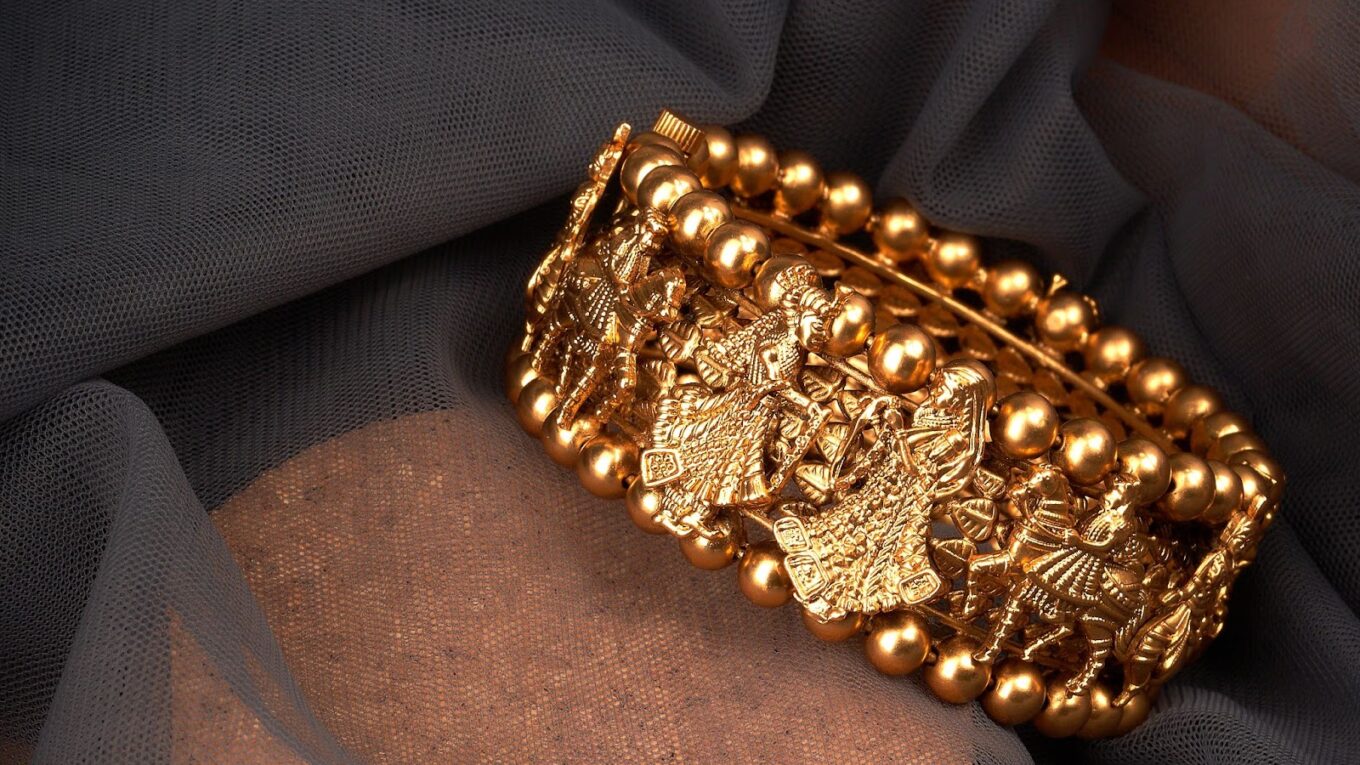Jewelry History and Evolution Through Time
Jewelry has been an integral part of human culture for centuries. It has been used to signify status, as a form of adornment, for magical and ritual purposes, and as a representation of one’s identity. Here, we will explore the history and evolution of jewelry through time.
Ancient Times
In ancient times, jewelry held great cultural significance. It was commonly used for both ceremonial and everyday purposes. Ancient jewelry often featured intricate designs and was made using techniques that are still being used today. Additionally, some ancient jewelry had religious and symbolic meanings, representing different beliefs and concepts. Overall, ancient jewelry was a reflection of the values, beliefs, and aesthetics of the culture from which it came.

Jewelry in ancient times was crafted by hand, using materials that were readily available in the area. For instance, Ancient Egyptians made jewelry with gold, silver, and semi-precious stones like lapis lazuli and turquoise. Ancient Greeks and Romans preferred using materials like pearls, emeralds, and rubies.
Middle Ages and Renaissance
During the Middle Ages, the church heavily influenced the design, and the materials used to make jewelry became more precious. Diamonds, rubies, and sapphires became increasingly popular.
The Renaissance era marked a significant change in the style, influenced by the art and architecture of ancient Greece and Rome. In addition to gemstones, enamel, and intricate metal-work designs began to be incorporated.
Industrial Revolution
The Industrial Revolution brought immense changes in the industry. The discovery of new materials like platinum, rhodium, and white gold enabled the creation of modern, sleek designs. Mass production also allowed for jewelry to become more accessible and affordable.
Art Nouveau and Art Deco
Art Nouveau, a movement that emerged in the late 19th century, embraced the beauty of nature and the use of non-traditional materials such as horn, ivory, and glass. Art Deco followed in the 1920s, with designs emphasizing geometric shapes, clean lines, and vibrant colors.
Modern Times
In modern times, there is an increasing trend toward using eco-friendly, sustainable materials. Recycled metals, conflict-free diamonds, and renewable materials such as bamboo and cork are becoming more popular.
Technology has also impacted jewelry design, with modern manufacturing techniques like 3D printing becoming more prevalent. This enables more intricate, complex designs to be produced with precision and accuracy.
In conclusion, jewelry has evolved significantly through time. The use of precious materials, intricate designs, and the adoption of new technologies have continued to change the jewelry industry. From ancient times to modern times, jewelry remains a timeless art form that will continue to be valued and cherished for years to come.

